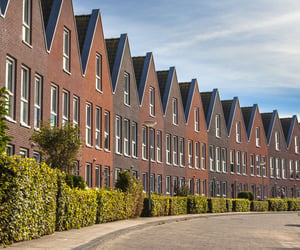
HYPOTHETICAL BNG CASE STUDY
15.51%
Counter THABITAT NET GAINitle
29.02%
HEDGEROWS NET GAIN
PROJECT
Assess the biodiversity value of a site before and after development
WHAT WAS DONE
Biodiversity Net Gain Assessment
CLIENT
*EXAMPLE REPORT BASED ON A DEFRA CASE STUDY*
EXAMPLE BNG DEVELOPMENT CASE STUDY
.jpg?width=677&height=414&name=Tunley%20Environmental%20BNG_DEFRA%20CASE%20STUDY%20(2).jpg)
A BNG assessment was conducted for a hypothetical residential development project from a DEFRA case study. The assessment quantified the biodiversity value of the site before and after development. The baseline assessment determined the existing biodiversity on the project site. The site consisted of habitats such as modified grassland, other woodland, broadleaved, other neutral grassland, and bramble scrub. The baseline biodiversity units for area habitats were calculated to be 12.11 units, and for hedgerows, it was 2.14 units.
The report outlined the habitat modifications proposed for the development project. These included the creation of new habitats such as rain gardens, intensive green roofs, and vegetated gardens, as well as the enhancement and retention of existing habitats.
The BNG assessment by Tunley Environmental will assist the proposed development site in reaching the national standard of 10% biodiversity net gain by achieving a 15.51% net gain for ‘habitats’ and 29.02% net gain for ‘hedgerows’. BNG approaches offer a pathway to not only safeguard the intricate web of life on Earth but also to preserve the essential ecosystem services that underpin the global economy and human prosperity. As the urgency of addressing biodiversity loss intensifies, a comprehensive strategy that integrates conservation, sustainable development, and restoration efforts is essential to ensure a resilient and biodiverse future for the planet.

